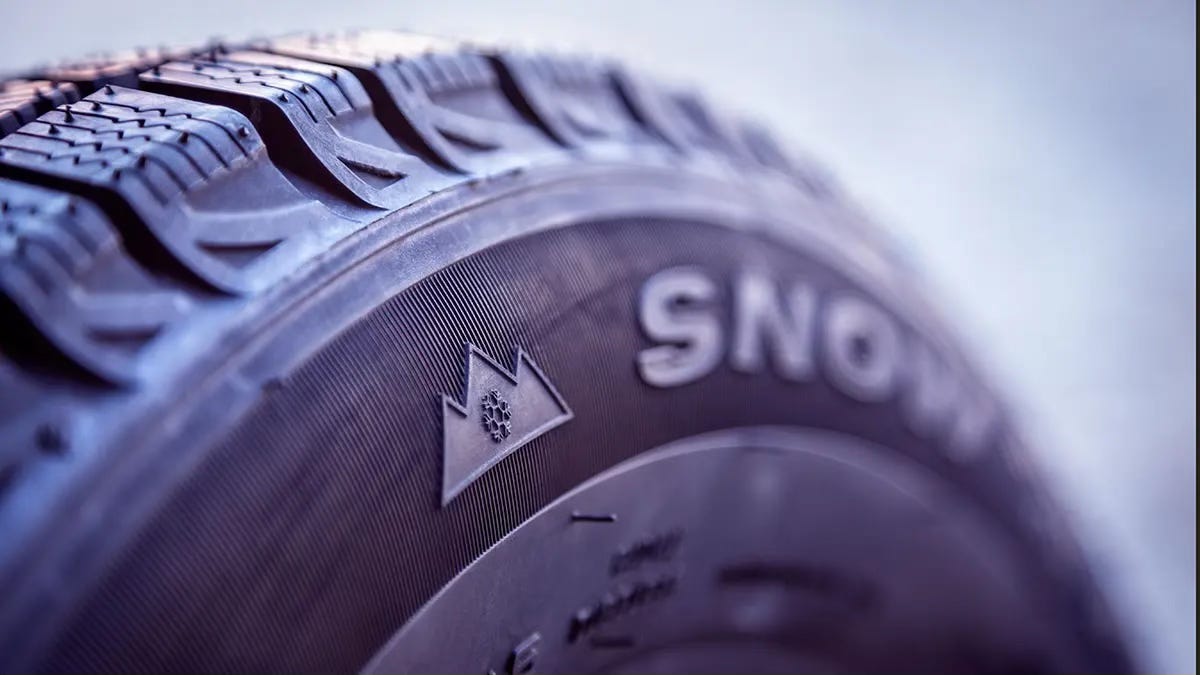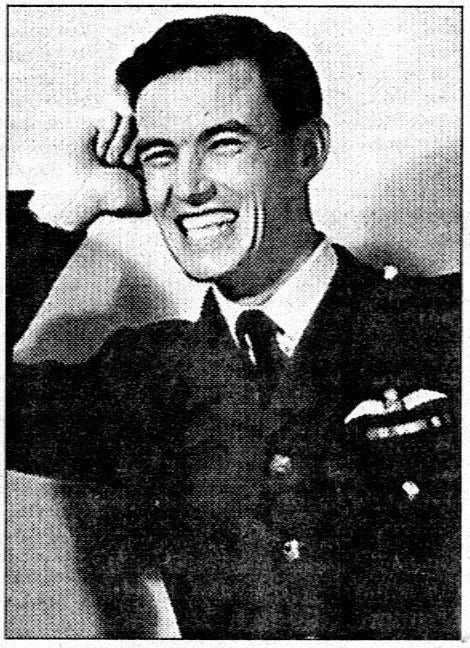Trump Markets; Internet Poor; Snow Tires and a War Hero from The Great Escape
November 11, 2024 Volume 5 # 22
Stock Market Boom on Trump Win
That’s almost 5% on the week, and a record run up after election day.
Trump’s new best freind, Elon Musk, was up $13-billion as Tesla shares jumped. Anti-Chinese tariffs could help Tesla continue to dominate the American electric vehicle market.
And Bitcoin hit $80,000 for the first time as President-elect has promied to relax regulations on crypto-currencey.
Countries with Riches in the Ground
Some are more diversified than others. If the world ever switches off oil and natural gas, Saudi Arabia is cooked. As someone who has visted mines in Sudbury, Ontario, northern Quebec and Labrador I know there is a lot missing in the Canada section: add nickel, copper, iron ore, zinc and even cobalt.
If California Were a Country
…it would be the fifth largest economy in the world, after the United States, China, German and Japan. The Economist once said Los Angeles alone was richer than Australia. And Japan used to be number three.
The Great Unconnected
The other night an eight year old girl came over for dinner with her grandmother and her aunt. She carried a smart phone and used it to play a parlour game running on the internet. In the countries listed below huge swaths of the population are not online.
Snow Tires
It’s not news that it snows a lot in Quebec. And for many years it has been the law that everyone must have snow tires installed by Decelmber 1 until March 15. A snow tire has softer rubber and a different tread. They really work. In Quebec, but not in neighbouring provinces, you can even have studded snow tires. I had them on a rear wheel drive British sports car and they took me everywhere. What the police look for is the the snowflake on the side of the tire that says it is a real winter tire and not an all season tire, which work in snow but not as well as the real thing.
At the garage where I store my summer tires, the owner is sick of being overwhelmed by the tire business. “It’s boring. And a lot of local garages are closing because they don’t want to be swamped by the snow tire change season,” he says. I hear his wife on the phone tell a prospective customer they can’t change their tires until early December. “There’s a lot of stupidity. People come in here with all season tires that would be ok in the snow and put on bald winter tires so they can have the snowflake on the side.” His garage isn’t acceptiing new customers.
Mass Storage
At a giant warehoue in Pointe CLaire on the island of Montreal a company called LAR stores 40,000 summer tires from car dealers in the region. That’s just one rack below.
It’s a computerised system that takes the summer tires in at this time of year and ships them back out in the spring. You can just see the white bar code on some of the tires. The storage has to be fireproof. Tires are very flamable.
The Chevy Nomad: A Hot Collectible
The Nomad is a a two door station wagon from the 1950s. I saw a mint one parked at a friend’s house last spring. They look good but it’s surpirsing how primitive a 60 year old car can be. This one, a 1957, is listed on Hemmings Motor News for $100,000.
Essay of the Week
For Remembrance Day, his is an obituary I wrote for the Daily Telegraph in 2004 of a man who was part of the Great Escape. He later moved to Canada, which is why I twrote the story, and married a friend of mine’s mother.
Tony Bethell, who has died at the age of 81, was the seventh surviving member of the Great Escape and the youngest man to escape through the tunnel named Harry. He was 21 at the time.
On the night of March 24, 1944, 76 prisoners of Stalag Luft III, all officers of the RAF, Dominion and Allied air forces, escaped through a 365 foot long tunnel which ran 28 feet below the surface. The plan was to spring 200 men, but the 77th man out was spotted by a guard around 5 am and the alarm sounded.
Tony Bethell’s job on the night of the escape was to work at Leicester Square, the second “halfway house” along the tunnel. There he was to pull 20 men through until he was relieved by escapee number 65. Once out his second job was to lie in the woods and wait for nine more men to join him.
However after pulling about 12 men though there were no further tugs on the rope, and Bethell sat in his cramped space underground for 45 minutes, not knowing what was going on. Then a tug and he pulled another man through who told him someone had become stuck in the tunnel, he had to be pulled back and the tunnel patched up.
When Bethell made it to the woods he waited for his group to form. A short time after they did they heard a shot and knew the escape had been discovered. The men broke into twos and Bethell’s traveling partner was Cookie Long. They planned to head for the Czech border, which was about 40 miles away.
Snow and flooding changed their minds and they headed toward Frankfurt, hoping to hop a freight train and escape to Sweden. They walked along a rail line, slept in a barn at night but desperate started to travel in daylight. They were captured and put in jail in Benau.
From there they ended in Sagan, near the camp, and were placed in a large cell with other escaped POW's. Then they were moved to a Gestapo prison in Gorlitz. From there many of the men were taken out and shot. On April 13th, Bethell was separated from Cookie Long, and Long too was taken away and shot.
In all 50 of the escapees were executed. Tony Bethell was one of the 26 survivors. Only three made it back to England; two Norwegians and one Dutchmen, all pilots with the RAF.
Richard Anthony Bethell was born on April 9, 1922, in Dar es Salaam in Tanganyika where his father was a colonial administrator. A few years later his father was transferred to Somaliland and he and his brother were sent to a kindergarten in England. The boys rejoined the family when their father was posted to Gibraltar, where he was state treasurer.
His father died young and the family returned to England. Tony went Sherborne, where he was head of school. Early in the war he remembered there was an air raid on the school and he was almost expelled for being outside the air raid shelter at the time.
Tony Bethell joined the RAF in February of 1942 and was sent to the United States for pilot training in Georgia, Alabama and Florida. After a tour in a training unit at Hawarden, he was posted to No. 268 Squadron in June of 1942. Bethell was flying Mustangs, not the P-51 with the Merlin engines, but the earlier model with an Allison engine.
Bethell and the other pilots spent much time flying `Rhubarbs’, or low level sweeps, mostly over Holland. Aircraft from 268 Squadron were the first single engine aircraft to enter German airspace during the war. On November 26, 1942, during an operation over Holland, Flying Officer Bethell, spotted and shot down a Luftwaffe Messerschmitt Bf-109 and shortly after sighted a Junkers Ju.52 transport aircraft which he also shot down.
Eleven days later Tony Bethell took off at 9:15 am was flying in formation with three other Mustangs when they were hit by flak at the Dutch coast. His aircraft was damaged and hit again when he was no more than 20 feet above the ground. The flak guns were firing level and damaged a local church and train station. He crash landed the plane around 10 am on December 7 and was soon in the hands of the Wehrmacht.
Bethell was transferred to a goal in Amsterdam and then was moved to Stalag Luft III.
In late January of 1945 as Russians approached the camp, the POW’s started a forced march across Germany, from Sagan near the Oder River to Tarmstedt, southwest of Hamburg. They were only freed on May 2nd.
After the war Tony Bethell went into business in Africa, but became bored and rejoined the RAF. He was ADC to Air Marshal Brakey in Washington from 1950-1952. After that he had a long leave and one of his American friends got him papers to travel on an American aircraft carrier, from the west coast on a tour of the Pacific, ending in Hawaii.
In 1955 he left the RAF and moved to Canada. He worked in the brokerage business in Montreal for many years and then worked for Elican, a Belgian company. Later he moved into money management and ran the portfolio of a member of the Bronfman family.
He traveled to England often and attended several reunions of Great Escape veterans as well as the memorial service at St. Clement Danes in 1994 on the 50th anniversary of the great escape.
In the early 1990’s he retired, left Montreal and he and his wife Lorna moved to a farm in Caledon north of Toronto where he spent a great deal of time on a John Deere tractor cutting fallow hay fields. He is survived by his wife and four children from an earlier marriage and three stepchildren. A son died last year.
From Fred Langan in Toronto












